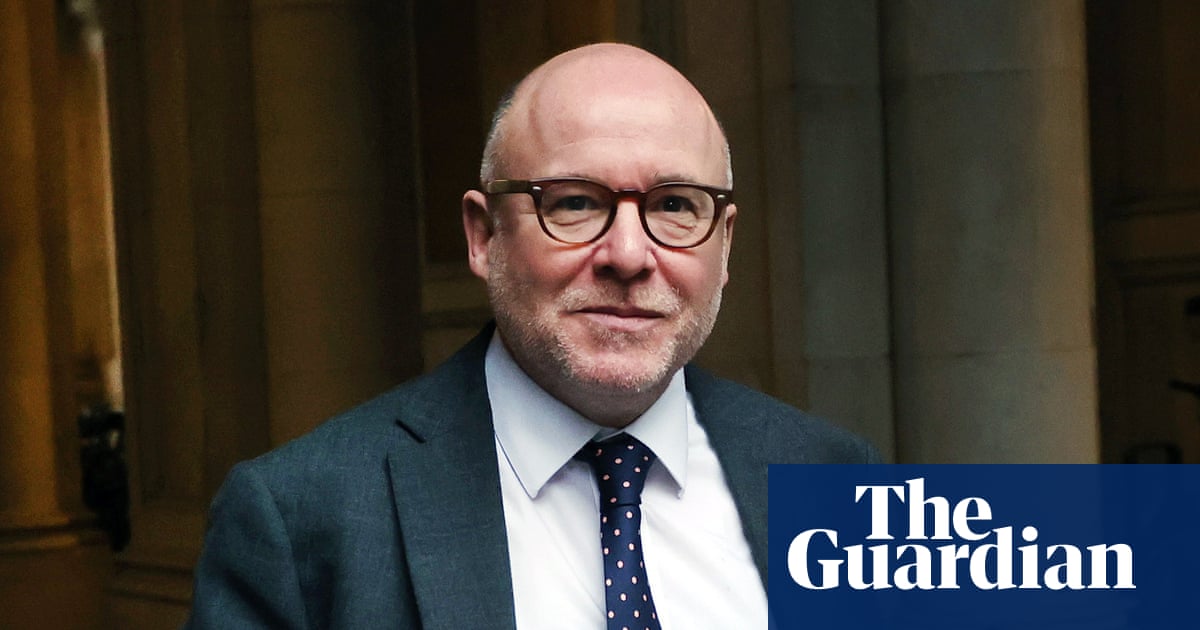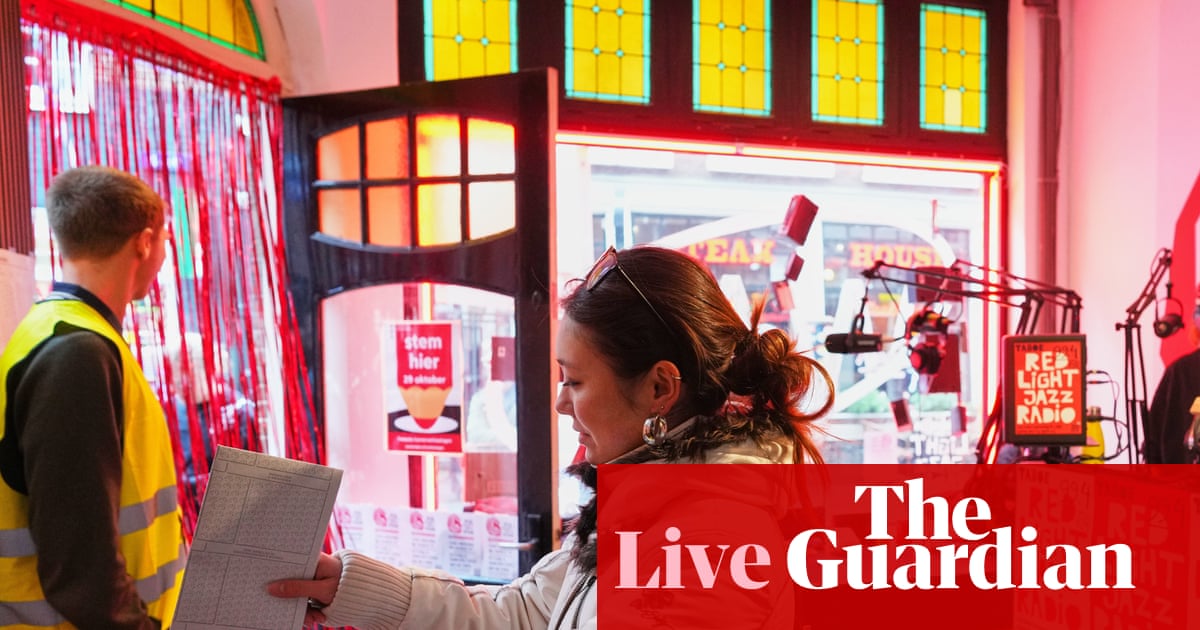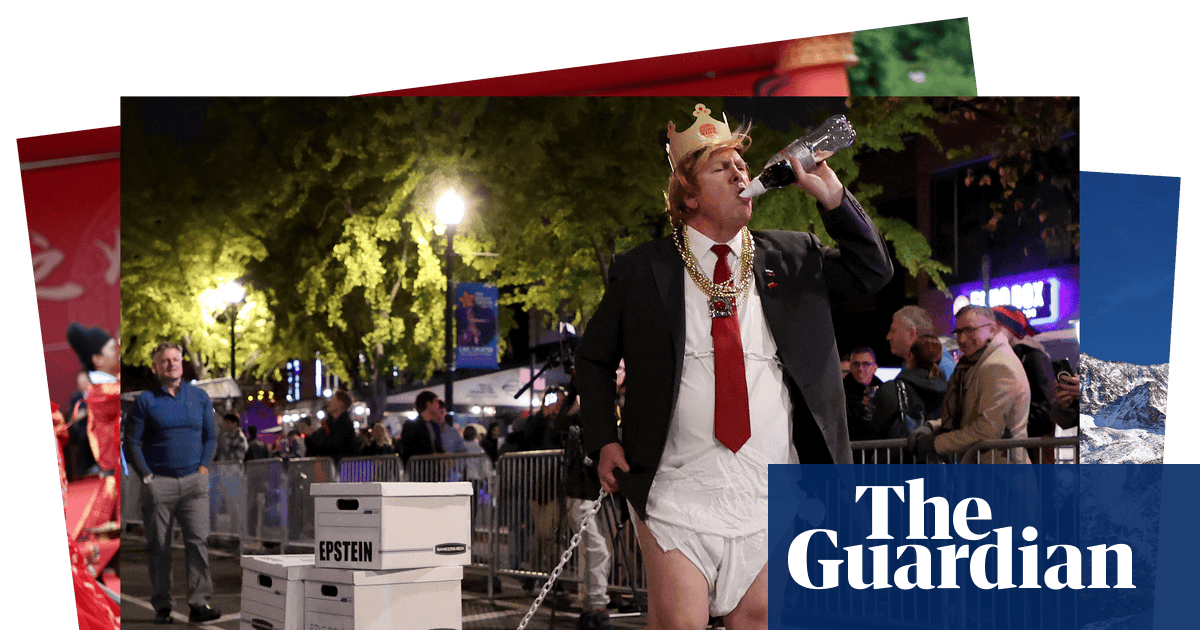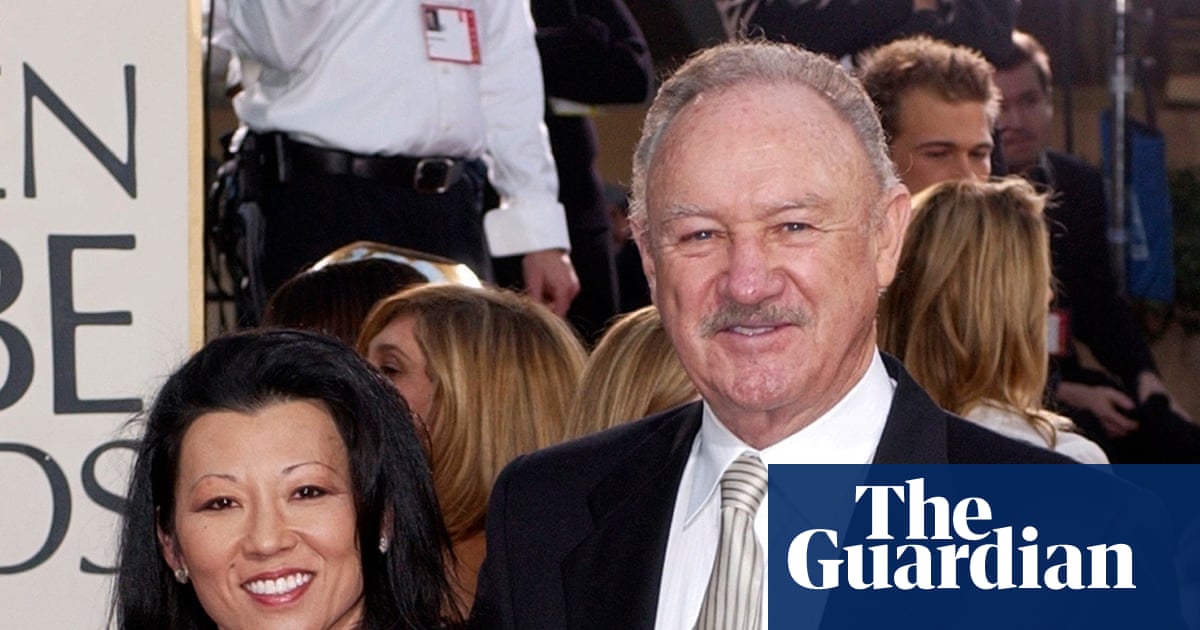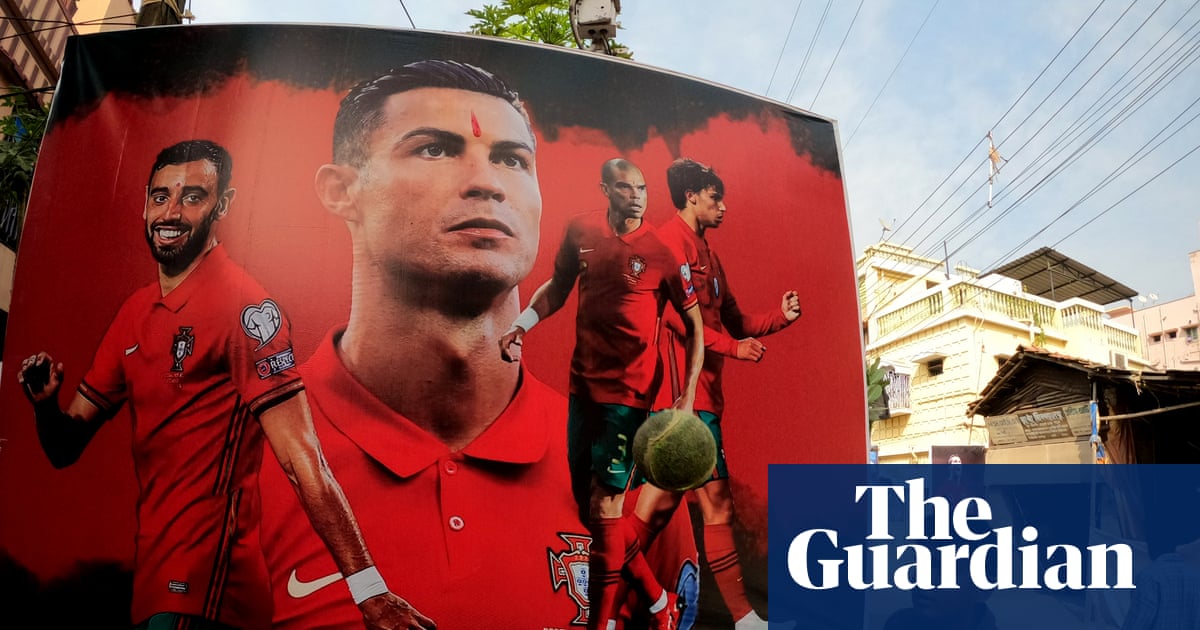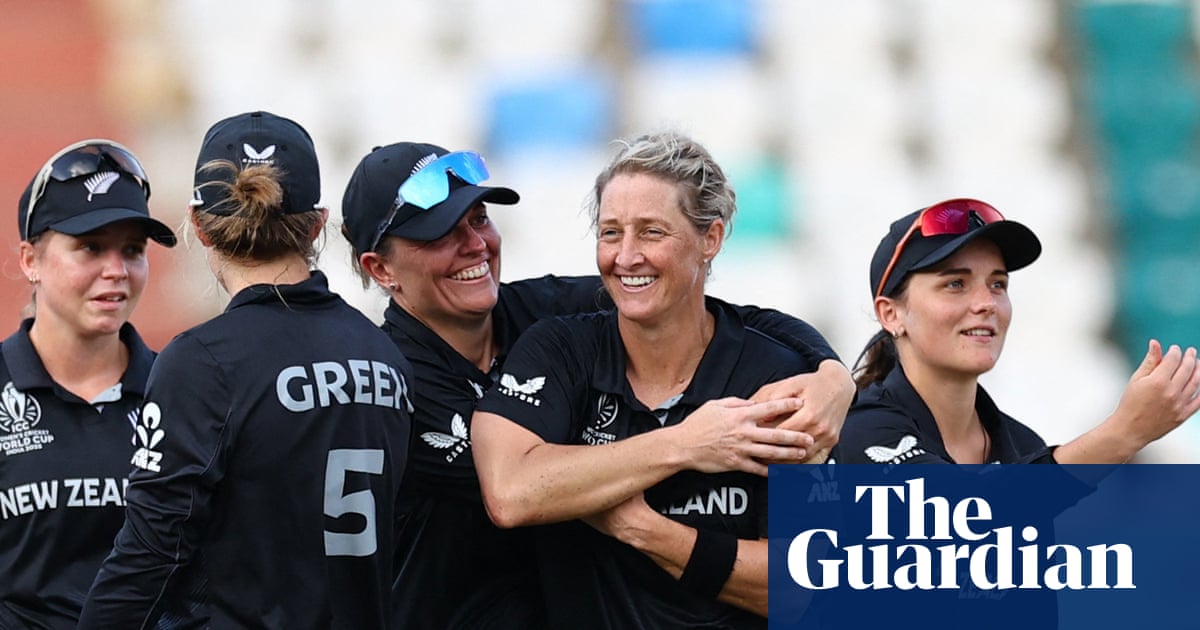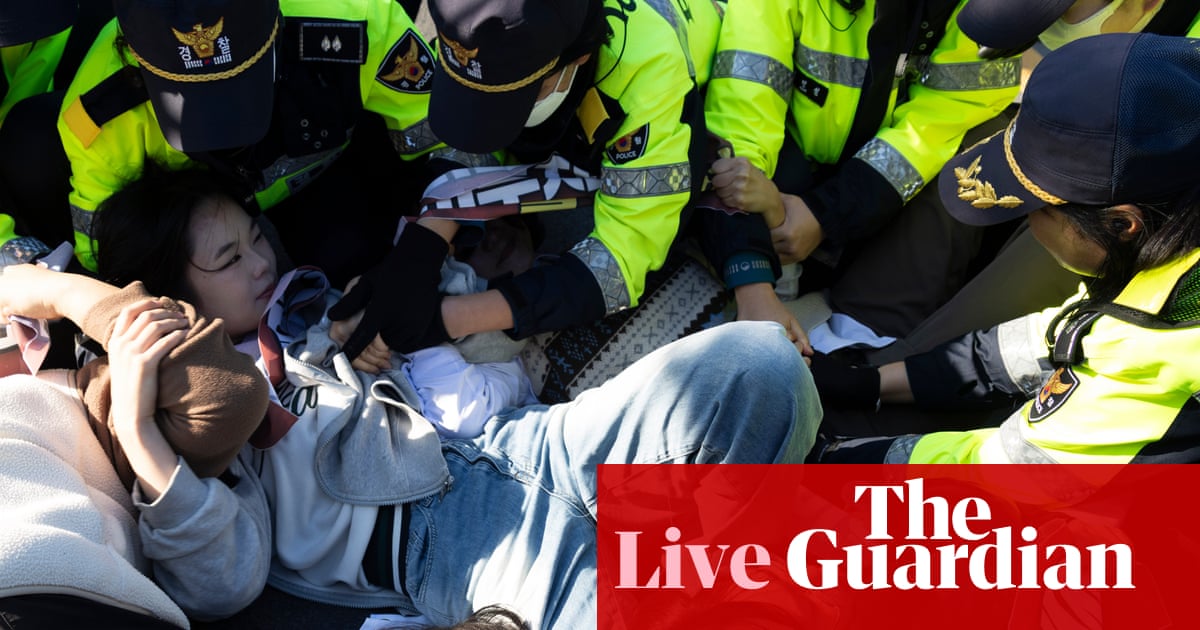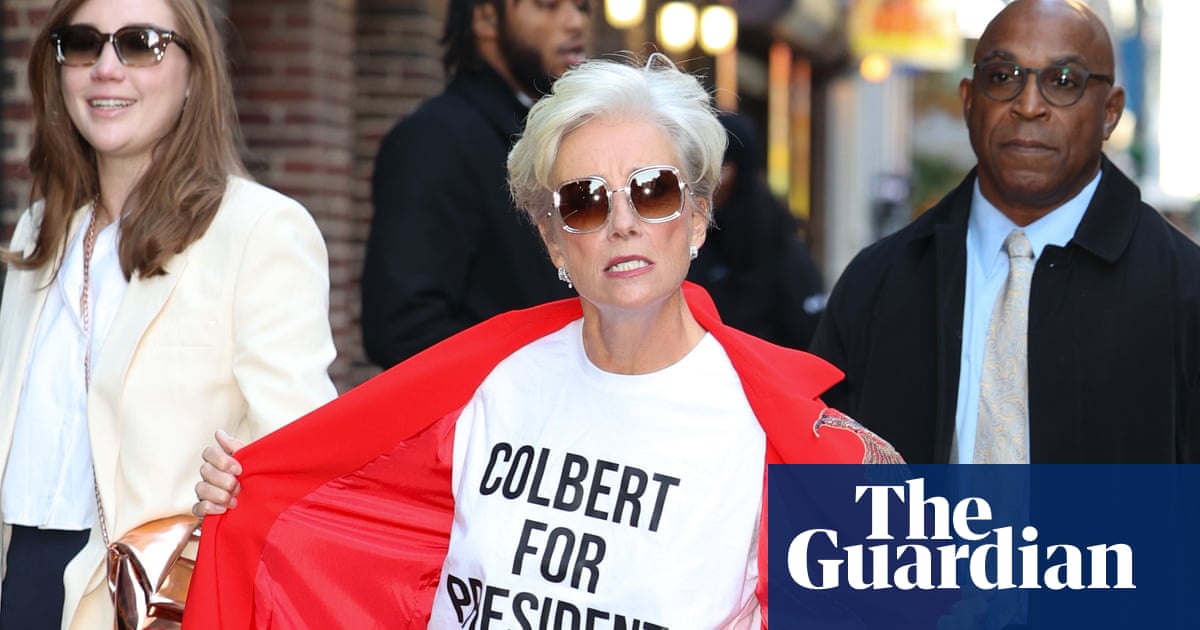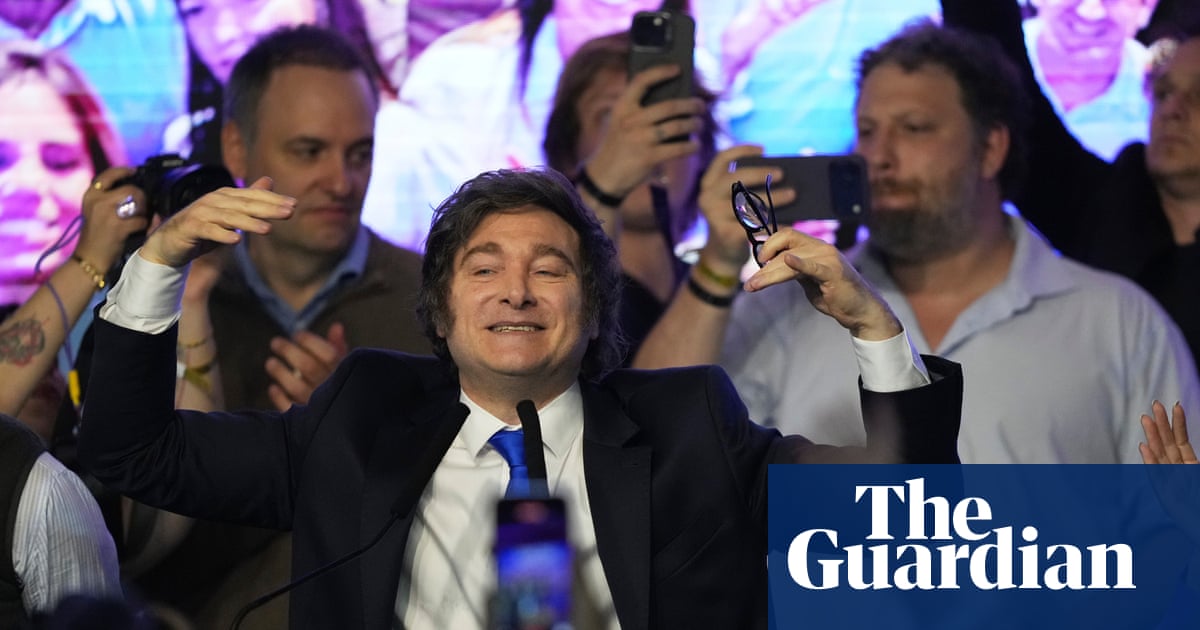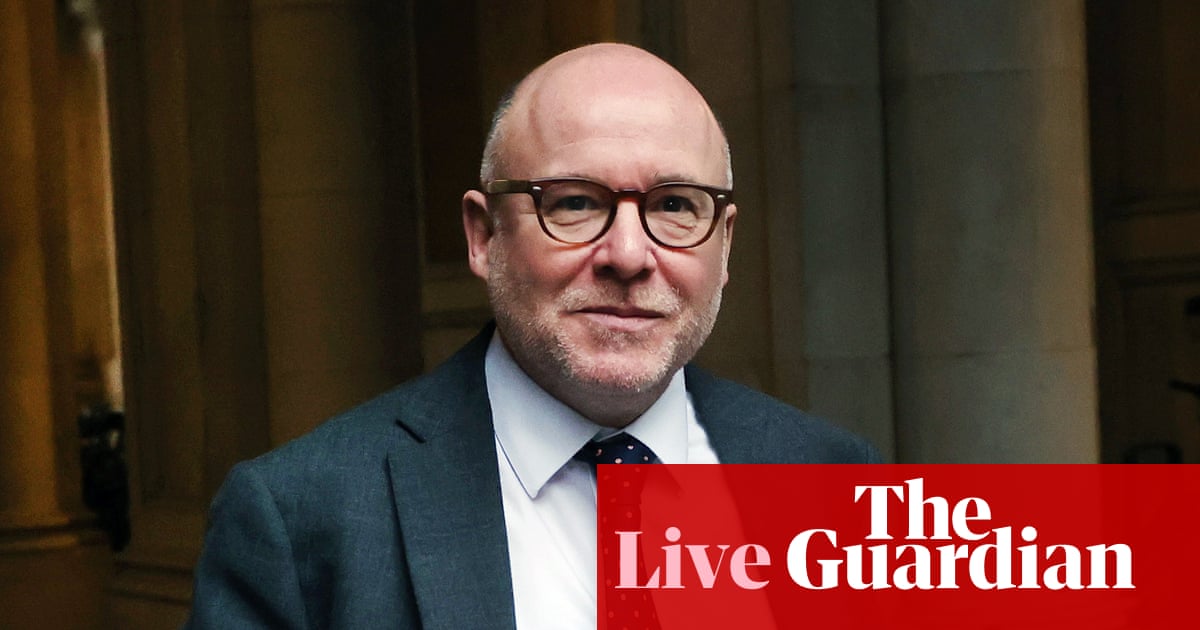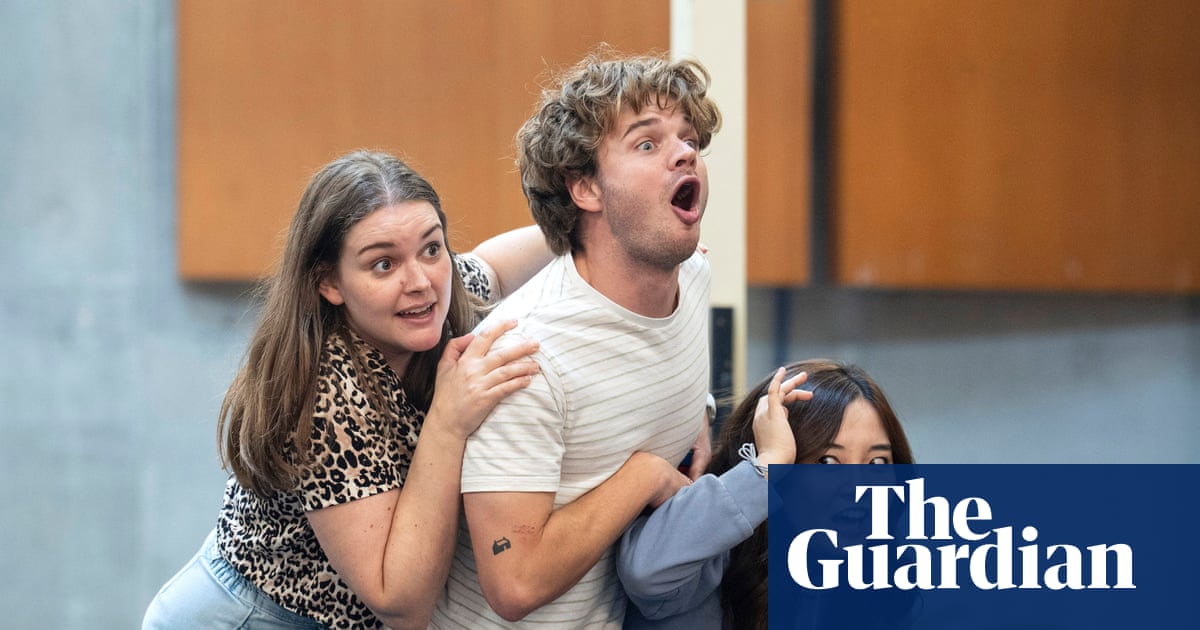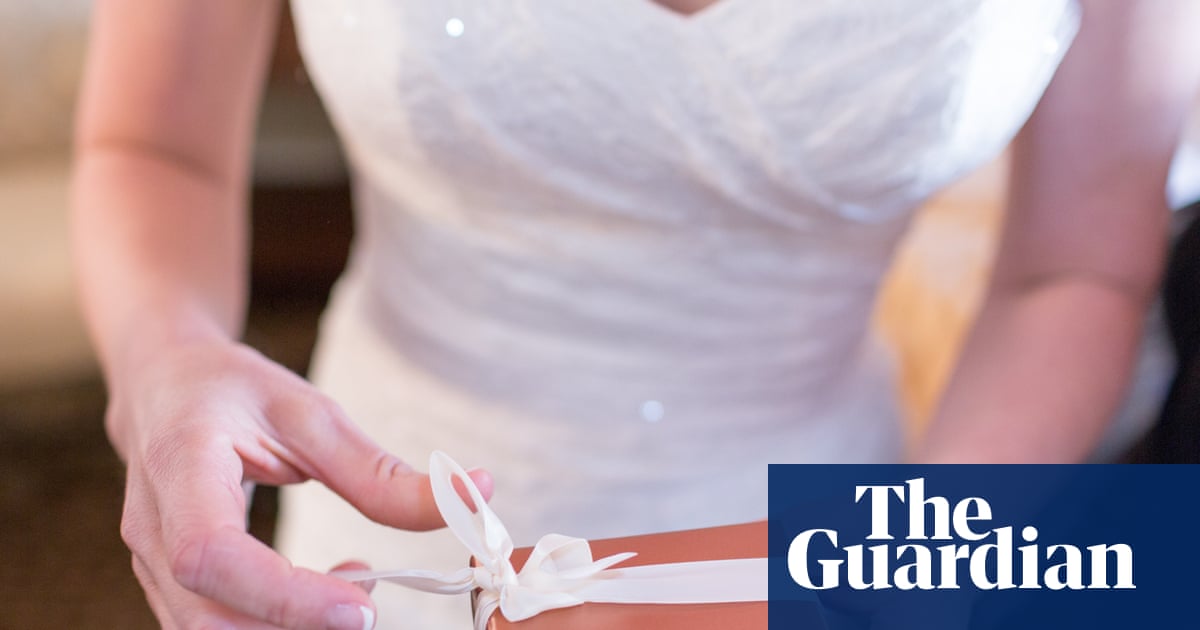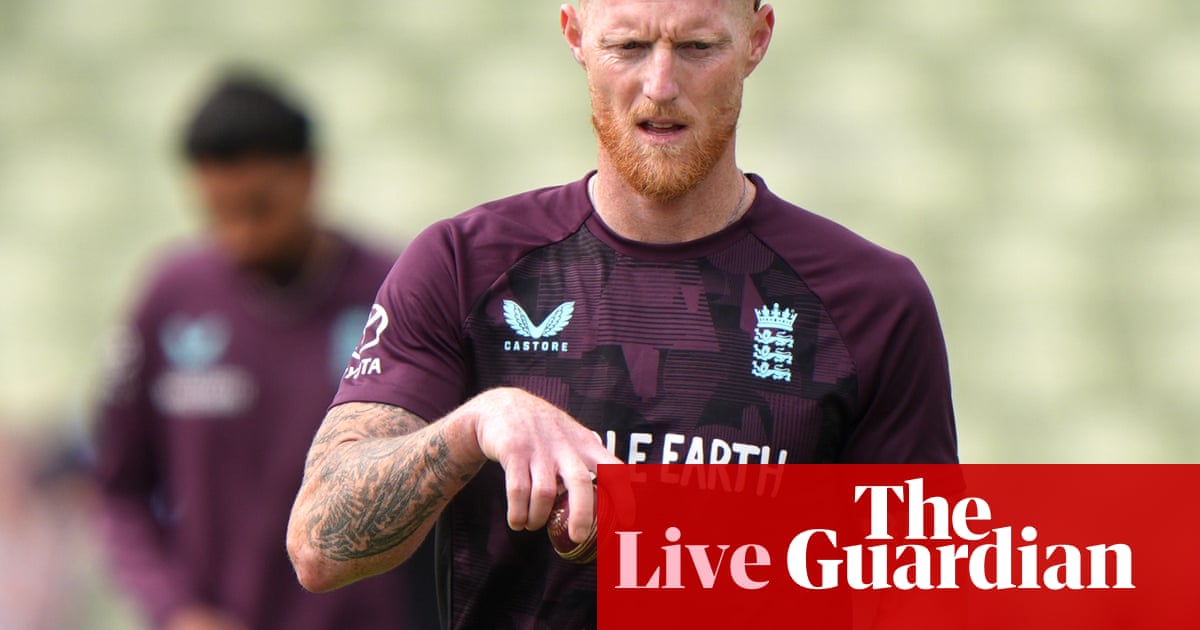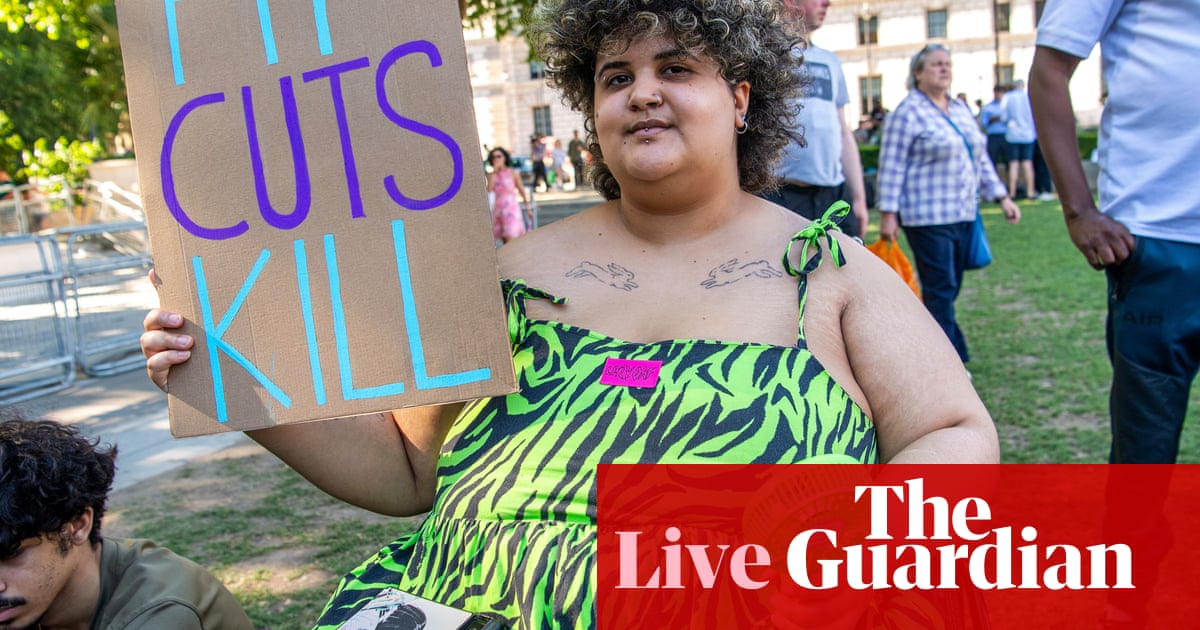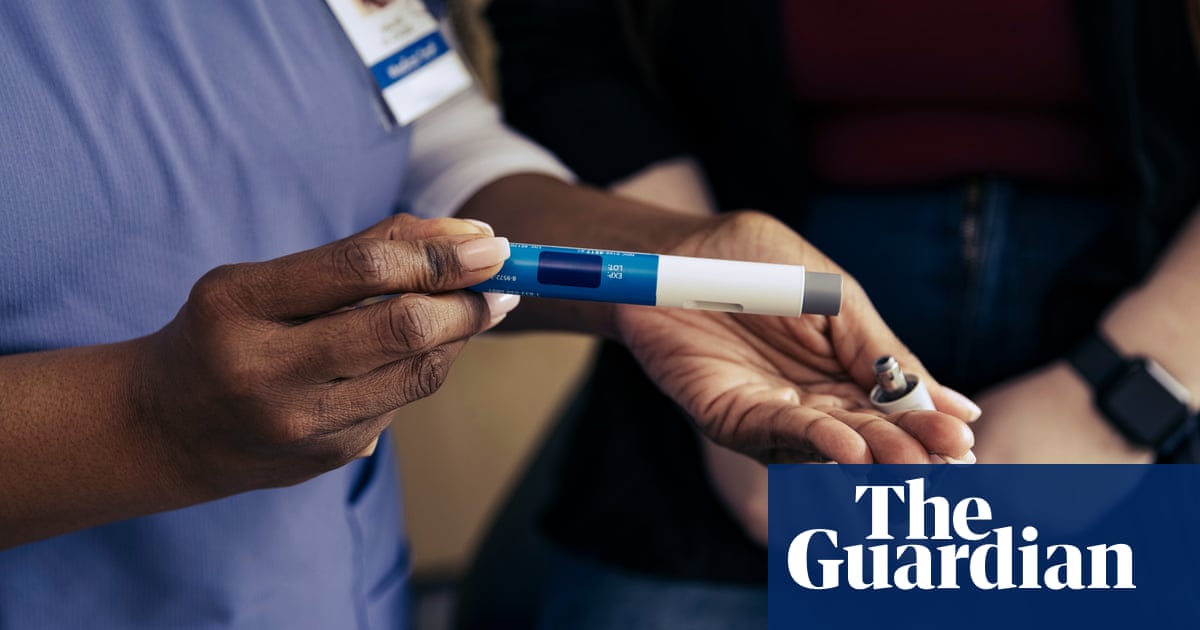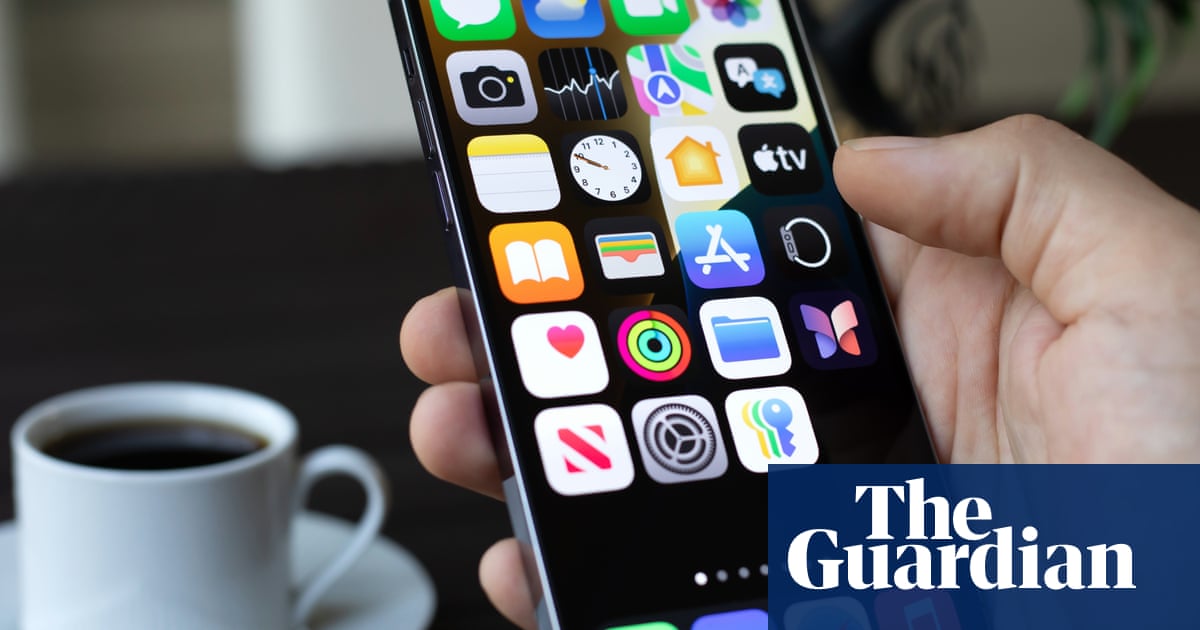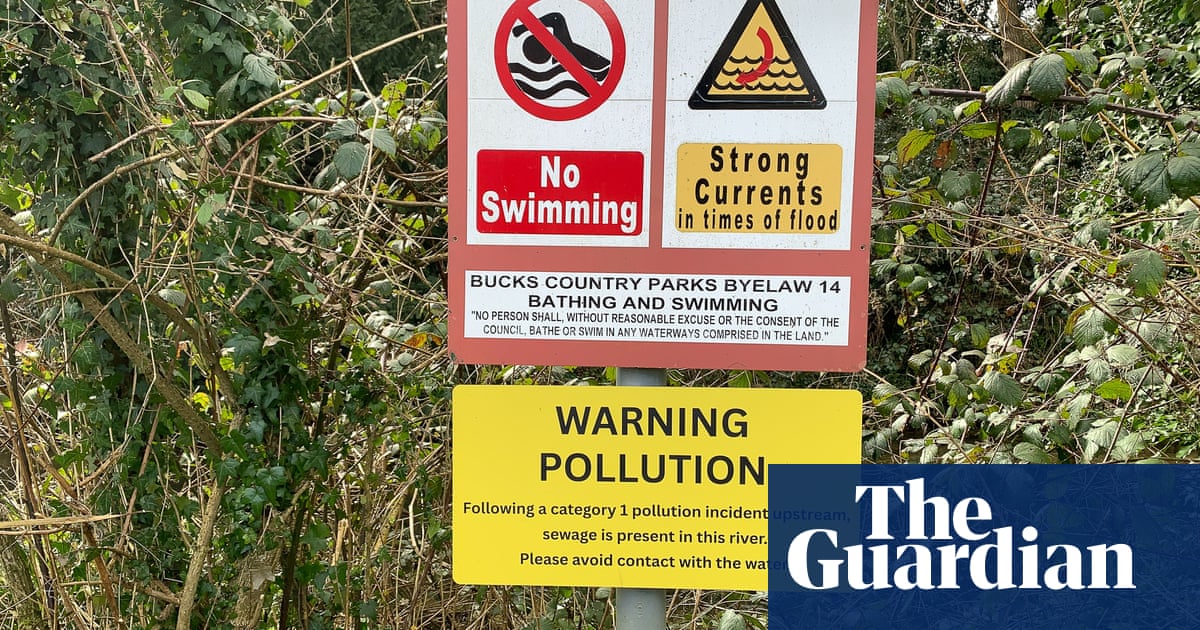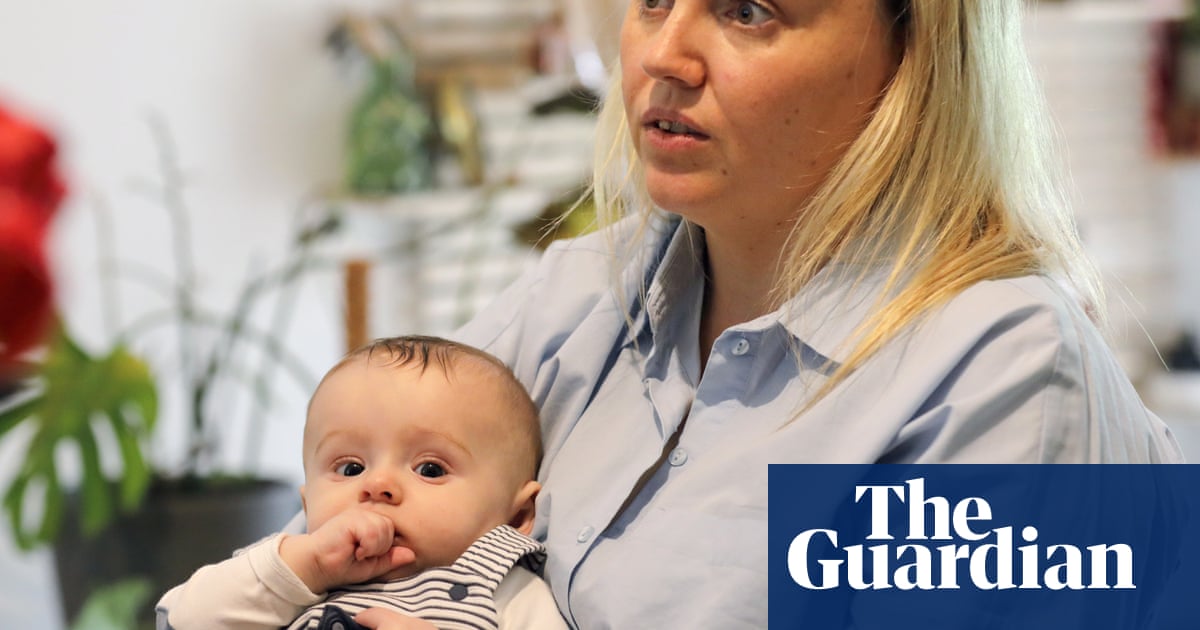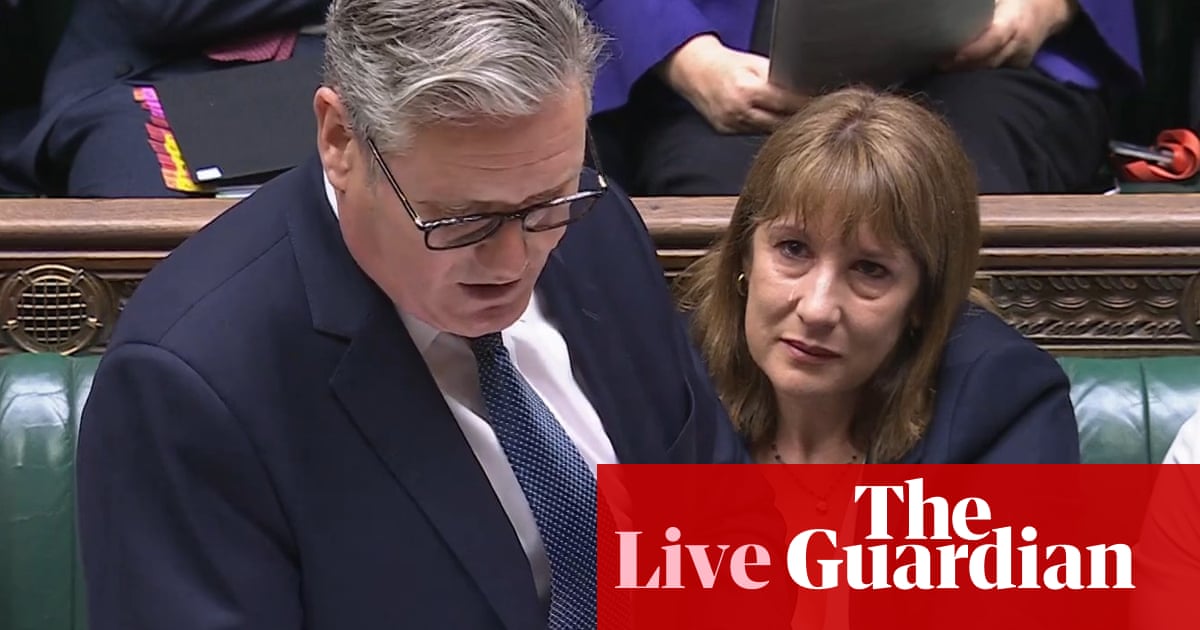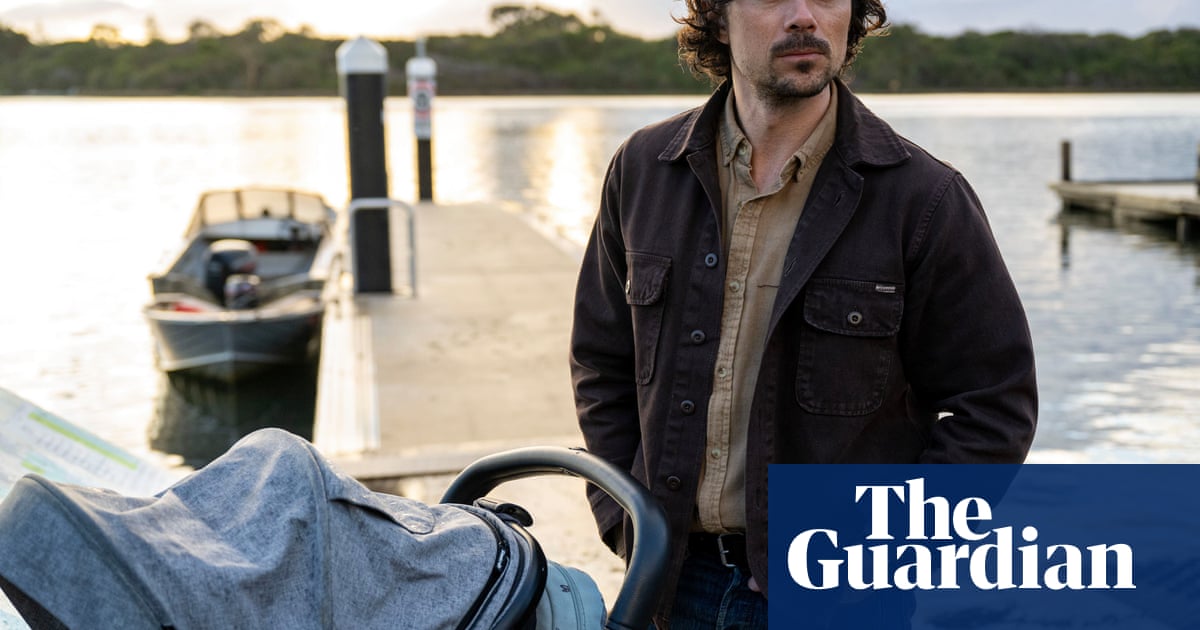Gen Z has a reputation for being “boring”. Not only do they reportedly prefer going to the gym than the pub, and staying at home and going to bed at 9pm rather than going clubbing, now they are refusing to sign up for medical trials. Back (way back) when I was a lad, it was all pubbing, clubbing and medical trials. And I’ve still got the scars to prove it.
The Medicines and Healthcare Products Regulatory Agency states that all human medicines must undergo human testing before they are made widely available. This is mainly to investigate any unwanted side-effects. The cure for the common cold is no good if it also makes your genitals fall off. Alternatively, the side-effect may be useful when studied further: aspirin works as a blood thinner; some antidepressants curb nicotine withdrawal. It must have been a hell of a day when they tested Viagra and discovered some unexpected side-effects: its original purpose was to treat chest pain caused by angina.
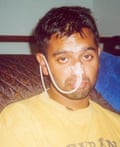
Things have gone wrong, of course. The 2006 Theralizumab clinical trial for autoimmune diseases left all six volunteers who were given the drug with severe swelling, disfigurement and life-threatening organ failure. So, lots for gen Z – already a nervous generation – to worry about. But by not volunteering, they also risk missing out on new treatments that won’t find approval as trials stall. And they should consider that if medicines aren’t tested on young people, researchers could miss discovering side-effects that only occur in the young. Someone needs to have a word. And that someone is me, as I volunteered for more than my fair share of medical trials back when I was the age gen Z is now.
At university in Nottingham, the Queen’s Medical Centre offered a smorgasbord of easy payouts. People running medical trials are only allowed to pay for a reasonable coverage of time and travel, and never officially as an incentive. But as a skint student, the amount of money I considered an incentive was somewhat lower than the regulators expected. You could spend an hour taking psychology tests for £20 cash – the price of a night out. I remember looking at weird diagrams, unsure if I was being tested for colour-blindness, or if it was a Rorschach test to see if I was a psychopath. You could have a new type of “invisible” stitching that disintegrated. Rumour had it that having your big toe amputated and sewn back on two weeks later paid out more than your student loan. True or not, I was genuinely tempted.
I later lived in Sydney, where, having established myself as one of those journalists who would do anything for money, I was challenged to do just that. I got paid £20 to sit under an ultraviolet light for three hours at the Australian Photobiology Testing Facility to trial the effectiveness of sun creams. I got £35 to guzzle either a load of anti-ulcer drugs, or a placebo (I was never told which one, but mine tasted like Refreshers), at a Sydney cancer centre, give two blood samples and wee in a bottle. I nearly got paid £900 to eat Ropinirole, used in the treatment of Parkinson’s disease, over 10 weeks at the GlaxoSmithKline medicines research unit, but it involved giving up alcohol, which, at the time, would have been a clinical trial of its own.
My piece de resistance was when I answered an advert in the Sydney Morning Herald from the gastroenterology department at St George’s hospital, and got paid £200 to have a long, bendy, 17-lumen silicone tube stuck up my nose, down my throat, around my entire digestive system, and out of my bottom. This – need I explain – was to help study the relationship between distal ileal and propagating proximal colonic pressure waves.
Getting the tube inserted made me gag like when Ed Harris’s character inhales liquid oxygen in The Abyss. I then had to push the tube one further inch up my nostril every 15 minutes. It took three days to achieve an “all-over body floss” and for the tube to come out, erm, the other side. I then had to lie still under an X-ray machine for five hours with the tube wired to a machine, watching films on a TV turned on its side (I’ve only ever seen Mission: Impossible 2 rotated 90 degrees), so the activity around my ileocolic junction could be measured, the results of which, I was later told, played a starring role in a conference in the US.
Was it worth it? Probably – although for me the cash was a big motivation. Did I help humanity with the future of medicine? In a small way, yes – and that’s what should really matter. Would I do it again all these years later? Well, considering I now also prefer to stay at home than go out clubbing, probably not. But someone has to. Come on, gen Z. Pull your pants down in the name of medical science, like I did.
-
Rich Pelley is a freelance writer

.png) 4 hours ago
5
4 hours ago
5
